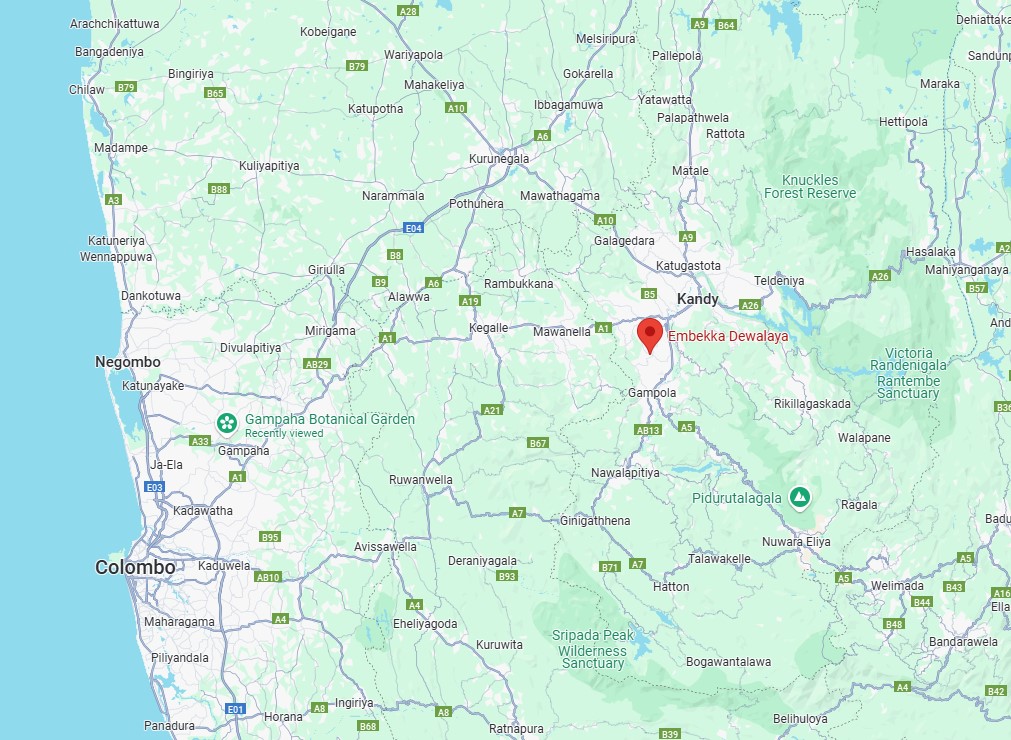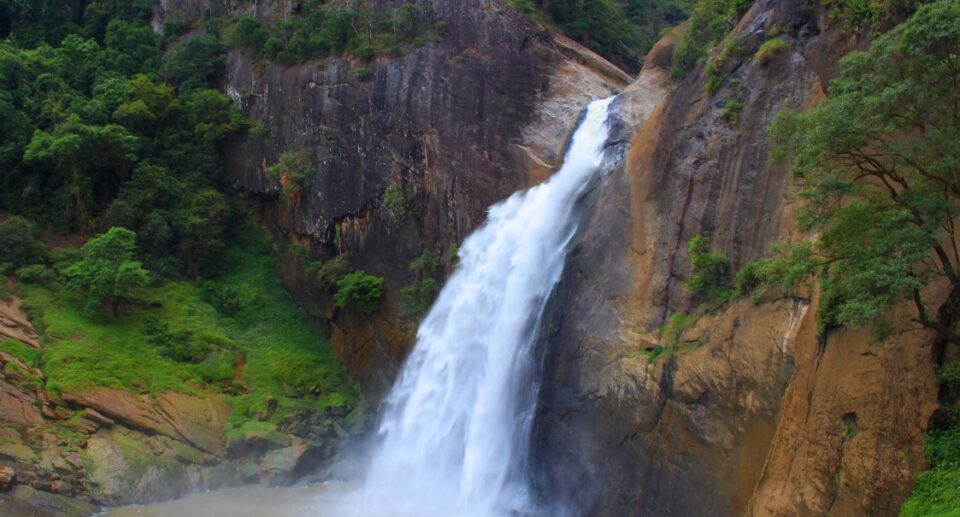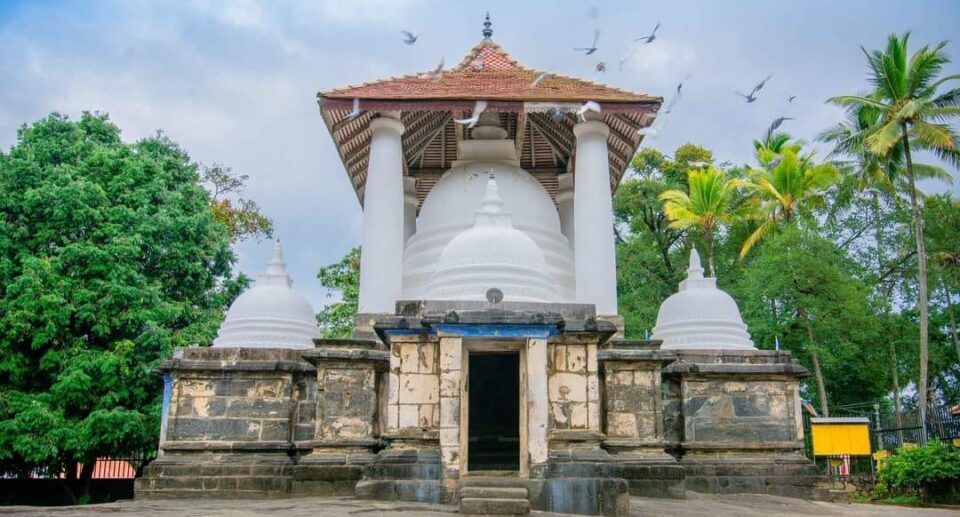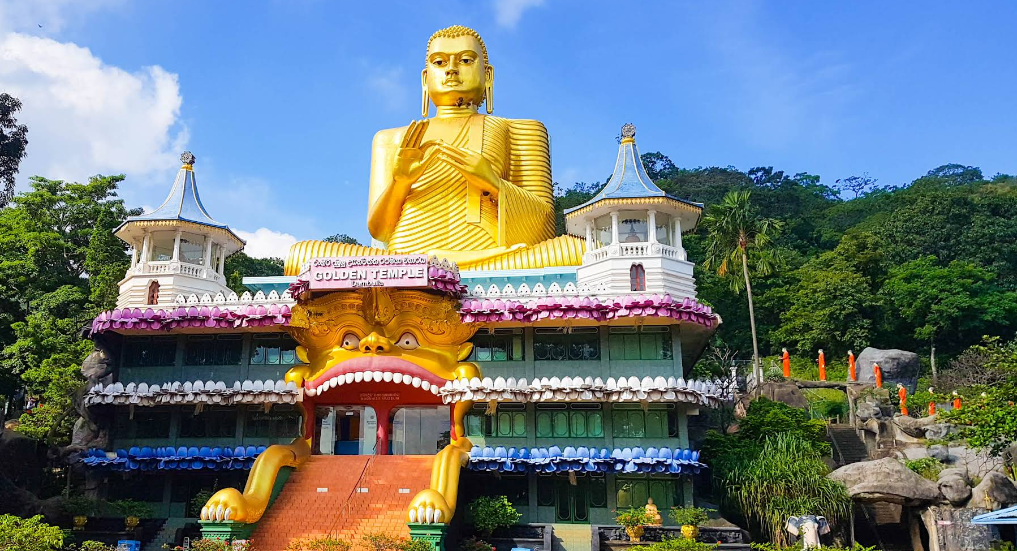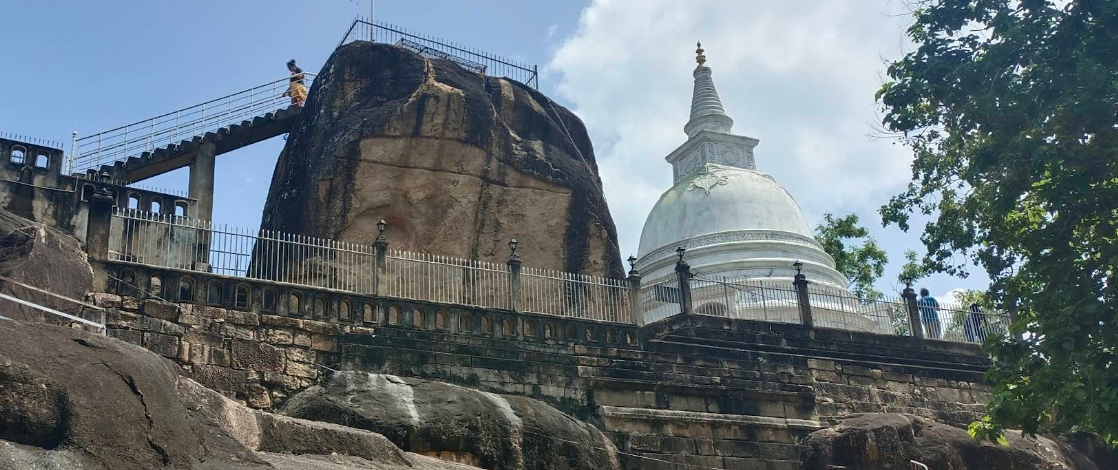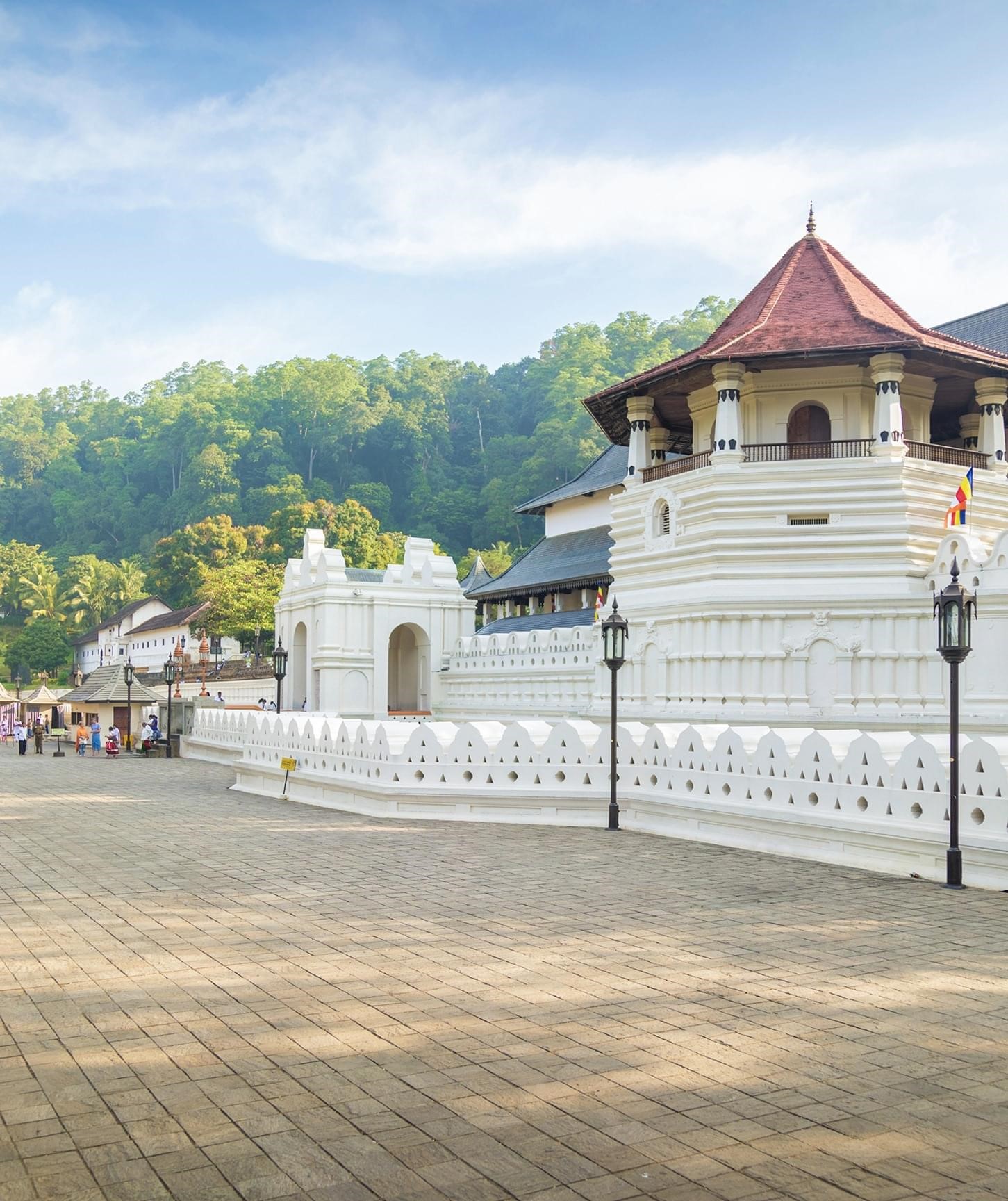Embekka Dewalaya: A Masterpiece of Sri Lankan Woodcraft
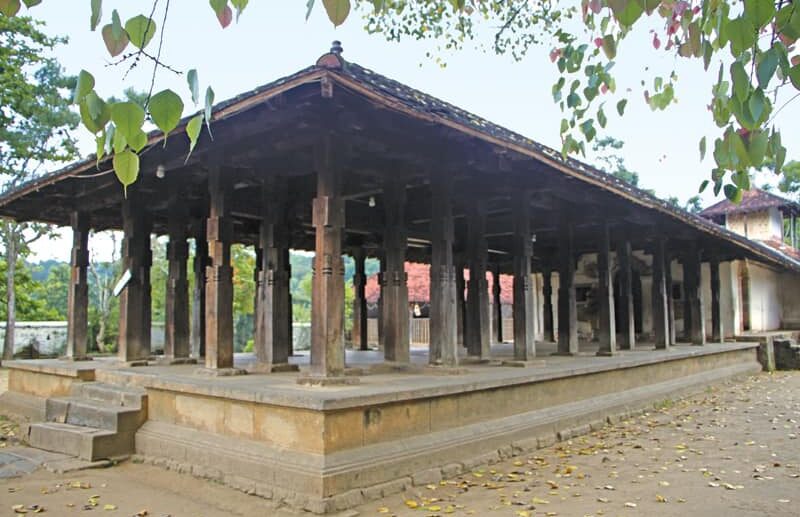
Hidden deep inside the tranquil village of Embekka, Sri Lanka’s Kandy District, is the Embekka Devalaya, one of the island’s most treasured architectural and cultural jewels. Built during the 14th-century Gampola Kingdom, the shrine is famous for its exquisite wood carvings, high-quality craftsmanship, and religious significance. Despite its small size, Embekka Devalaya has gained international fame for showcasing some of the best examples of woodworking from the Kandyan period, attracting historians, art lovers, and religious travelers alike.
Historical Background
Embekka Devalaya was constructed during the reign of King Vikramabahu III (1357–1374 A.D.), the king from Gampola a capital town near modern-day Kandy. The temple was constructed in memory of Katharagama Deviyo, a tutelary god of Sinhalese Buddhist religion associated with war, protection, and victory.
It was said that King Vikramabahu III commissioned the temple after a royal drummer had visions of the god Kataragama. The drummer requested a shrine and, answering the plea, the Embekka Devalaya was constructed. The temple was constructed by royal craftsmen, who were stated to have been proficient in woodworking and stonework, to build a shrine not only useful for religious purposes but also as a display of artistic imagination.
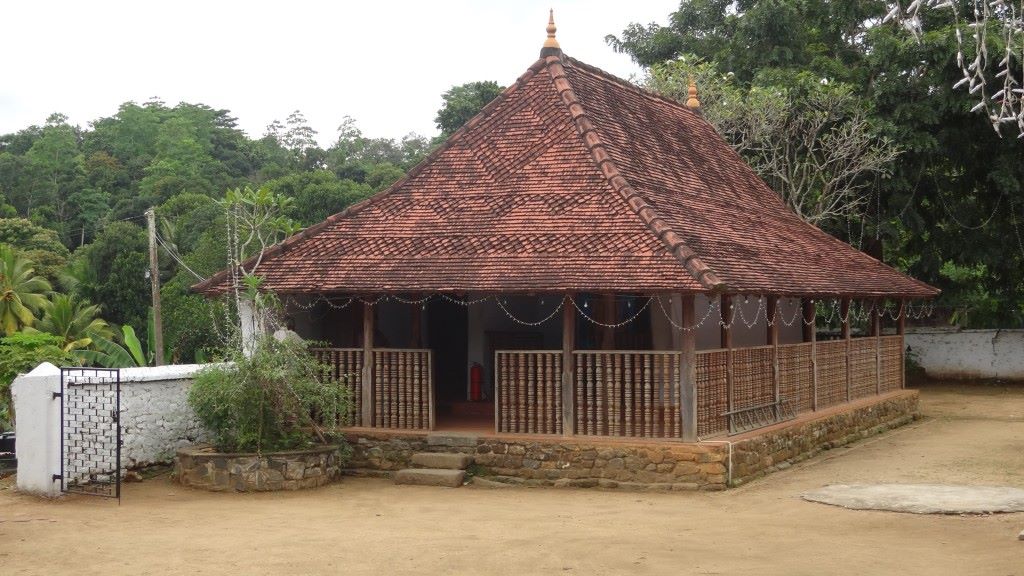
Architectural Plan and Design
Embekka Devalaya consists of three main divisions: Sanctum (Garbhagriha) – inner chamber, where the idol of the deity is kept. Drummers’ Hall (Hevisi Mandapaya) – the most famous part of the temple, distinguished by its exquisite woodwork. Front Hall (Digge) – an open-pillared hall that serves as an entrance and meeting place.
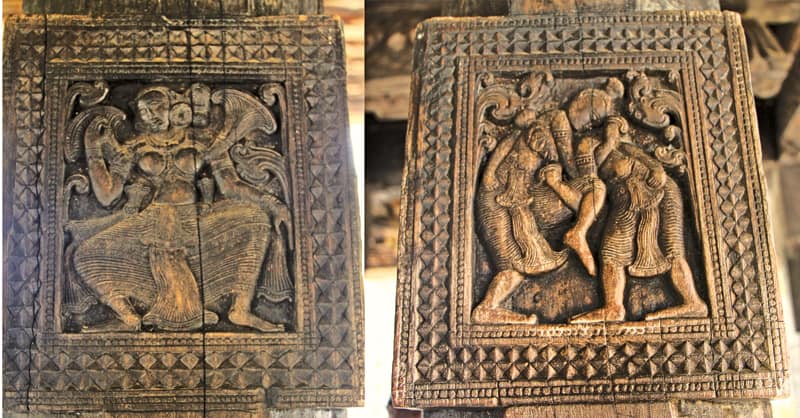
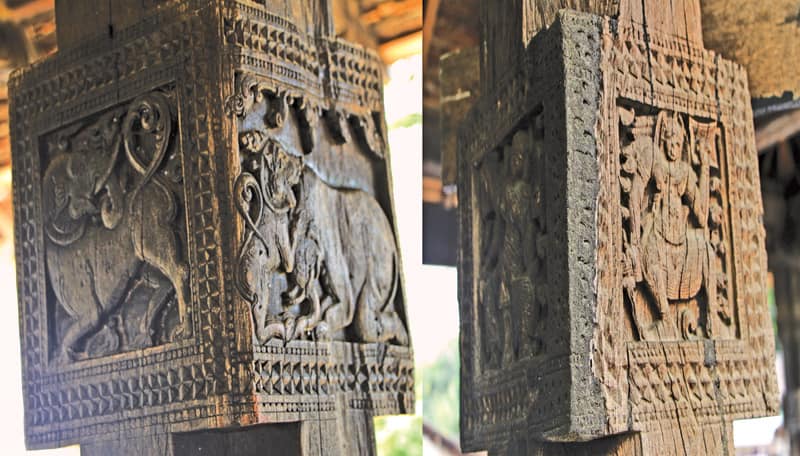
The temple itself is small in terms of size, but when it comes to artistic magnificence, it more than compensates. The entire building is made out of the traditional materials wood and stone and with very little use of metal. Amazingly, almost the entire building was assembled without nails, with the joiners relying on traditional wood joining methods such as mortise and tenon joints.
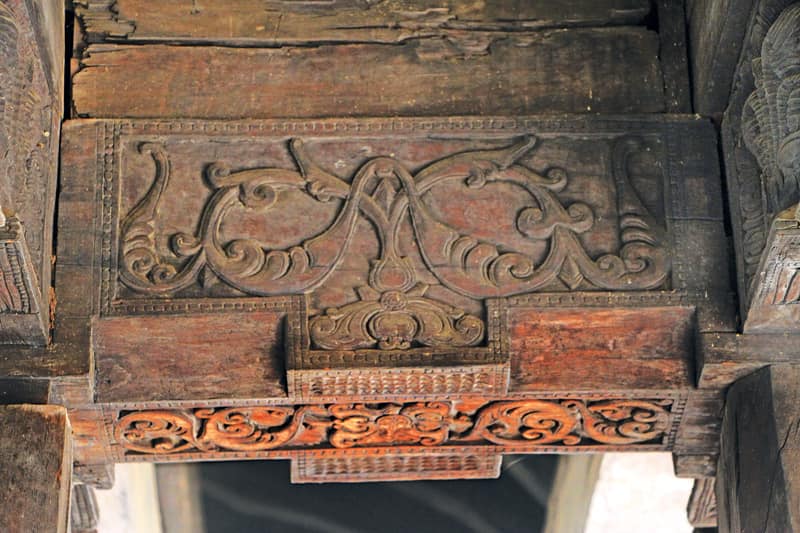
The Drummers’ Hall: A Masterpiece
The Hevisi Mandapaya, or the drummers’ hall, is the most interesting section of the Embekka Devalaya. This section is supported by 32 intricately carved wooden columns, each one bearing unique, elaborate carvings that have been known to be internationally renowned.
The woodcarvings display an enormous variety of motifs, such as:, Floral motifs (lotus flowers, vines, and rosettes) Animal motifs (elephants, lions, horses, swans, and birds)
Human figures (dancers, wrestlers, acrobats, and mythical creatures),Geometric motifs (scrolls, chains, and latticework)
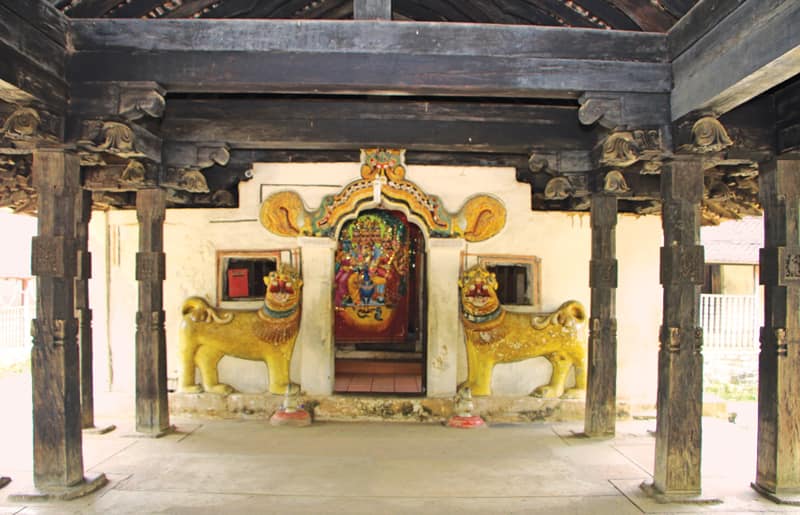
The most remarkable carvings are the “Gini Kurulla” or the Fire Bird, an imaginary bird on fire. Another widely recognized one is the “Kembim Kanuwa”, a beam built from carefully interlocking wooden rings that revolve without any hindrance on their axes, made of a single piece of wood—showcasing the unmatched skill of the artisans.
These carvings are not just for ornamentation; they are symbolic depictions of Sinhalese cosmology and folklore. They depict themes of fertility, protection, worship, and the close relationship between nature and spirituality.
The wood used primarily Jackwood and Gammalu was selected for its hardness and ease of carving. A lot of the original woodwork remains even after over 600 years, a testament to the craftsmanship and attention that went into its creation.
Cultural and Religious Significance
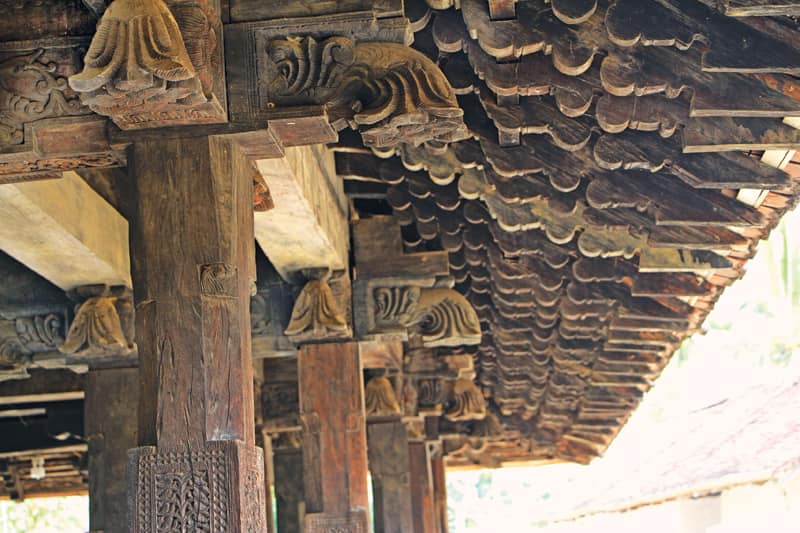
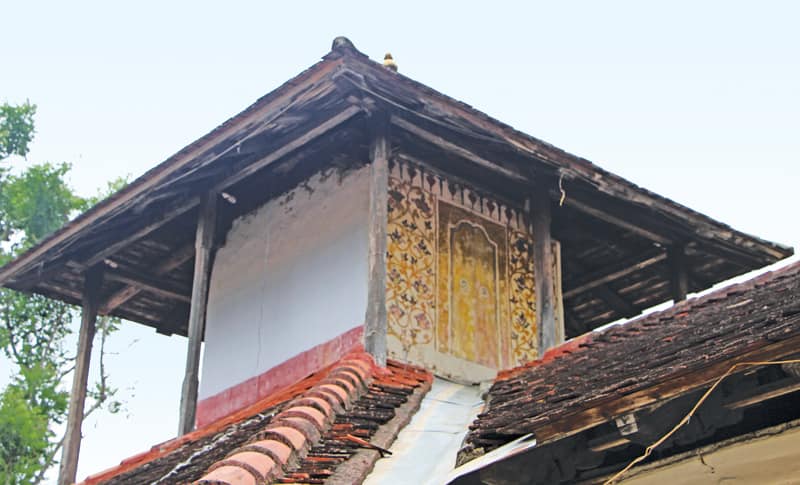
Embekka Devalaya is a Hindu-Buddhist syncretic temple, dedicated to Katharagama Deviyo but also worshipped by Buddhists. Like most devalayas in Sri Lanka, it illustrates the syncretic nature of Sri Lankan religious practice, where Hindu gods are integrated into Buddhist worship.
The temple holds great importance within the local religious context, and the devotees visit the shrine to receive protection, success in war or cases in court, and healing from illness. Offerings are presented in the shape of oil lights, fruits, flowers, and drum ceremonies.
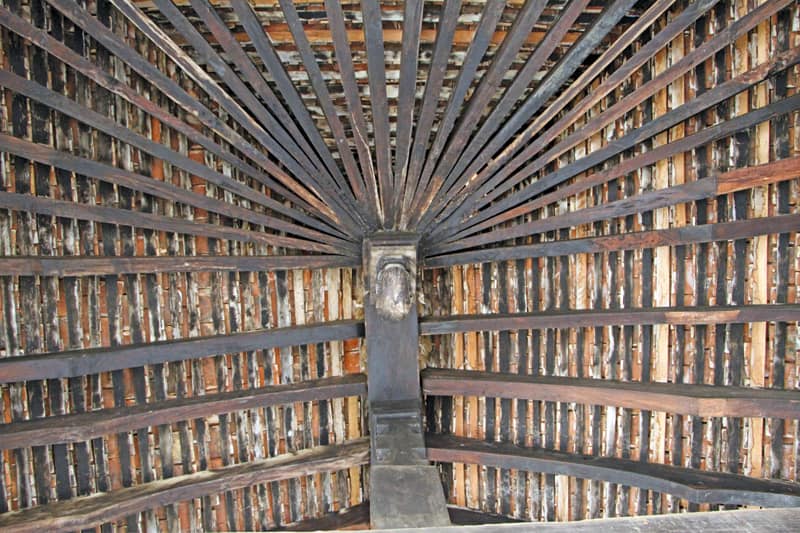
The shrine also hosts a once-a-year Esala Perahera (procession) during July–August, whereby the god’s sacred symbol is processed around the village by traditional drummers, dancers, and elephants. It is a vibrant procession of religion and community spirit similar to the famous Kandy Esala Perahera.
Preservation and Recognition
Over the centuries, Embekka Devalaya has been largely well-maintained, but natural deterioration and increasing tourism have had their effect. Steps have been taken by the Sri Lanka Department of Archaeology to conserve the temple and its beautiful carvings. Restoration work has focused on stabilizing buildings, cleaning of the carvings, and preserving original material without sacrificing the temple’s authenticity.
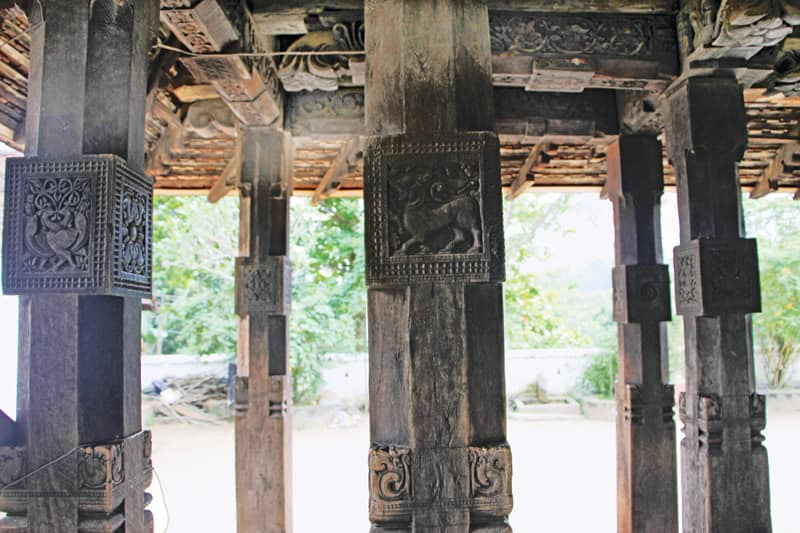
As an appreciation of its cultural significance, UNESCO and international scholars have designated Embekka Devalaya as among the finest pieces of woodcraft in South Asia. Its wood carvings are often used as part of study for architecture, art history, and cultural heritage courses worldwide.
Influence on Sri Lankan Art and Architecture
The Embekka school of carving has served as a model for temple architecture throughout Sri Lanka. The majority of subsequent temples of the Kandyan period have employed identical motifs in pillars, doorways, and ceilings. The central hill country artisans regularly cite Embekka as an inspiration, and modern craftsmen continue to attempt to replicate its techniques.
In the wider context of South Asian art, Embekka Devalaya stands out for the combination of religious, cultural, and natural themes, all executed in exquisitely detailed wooden forms. In contrast to India’s massive stone temples or East Asia’s pagodas, Embekka’s charm lies in its intimate scale and hand-finished perfection.
Tourism and Visitor Experience
Today, Embekka Devalaya is a popular cultural tourist and heritage traveler destination in the Kandy region. It is generally visited along with other nearby historical sites such as: Gadaladeniya Temple, Lankatilaka Vihara
Ambekka village and traditional workshops
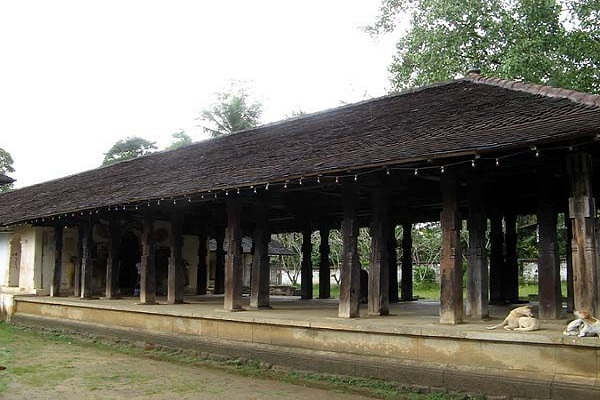
Tourists traveling to Embekka can have a serene, spiritually enriching experience. The temple’s serene environment amidst paddy fields and forested hills, and the sense of walking through a living museum, make it a highly enriching experience.
Regular guides provide additional significance and meaning of the different stones, usually looking out for the artistic depth of the temple. The local craftsmen also trade in wood carvings and replicas, upholding the Embekka tradition in modern times.
Embekka Devalaya is more than a sacred site. it is a national heritage, an artistic marvel, and a testament to the artisanship and religiosity of Sri Lankan antiquity. Its elegant carvings, unassuming architecture, and lasting craftsmanship give us a glimpse into the heart of Kandyan-era heritage.
In an increasingly dominated world by modernity, the like of Embekka is a reminder of the potential of human beings for beauty, belief, and creativity. It is not just a destination to visit but also a story to tell a story carved into wood, kept in spirit, and remembered over centuries.
Contact Information
Address: 210/e, embekka, handessa, Kandy 20480, Sri Lanka
Deity: Kataragama deviyo, Devatha Bandara
District: Kandy
Map of Embekka Dewalaya
